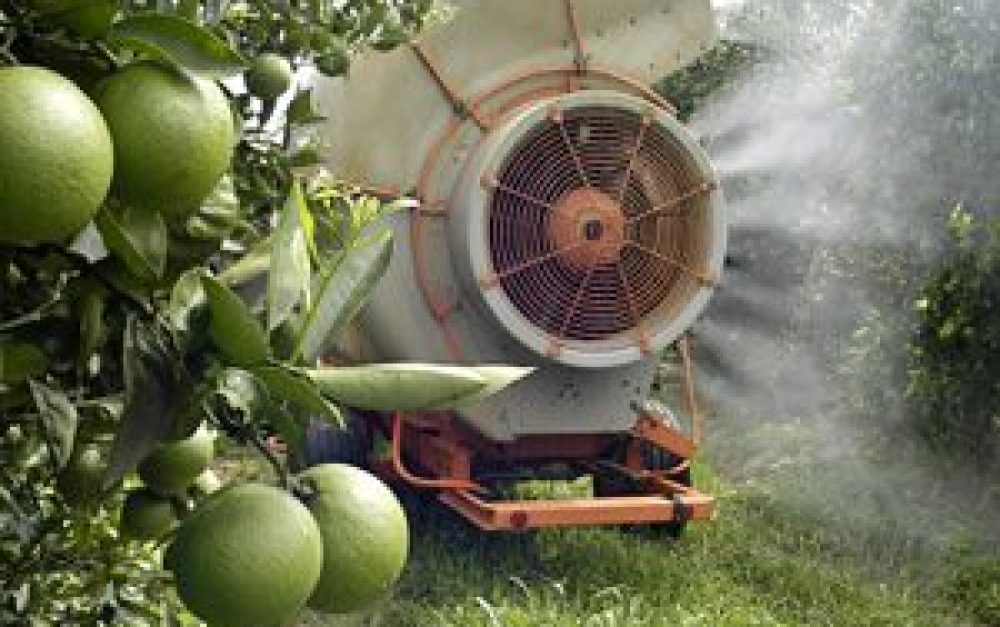Earlier today, EPA announced new restrictions on the insecticide chlorpyrifos, a known brain toxicant linked to learning disabilities in children and commonly sprayed on corn, oranges, grapes and almonds, among other crops.
These new protections are a step in the right direction, and will significantly reduce the amount of chlorpyrifos applied to fields and orchards. But more protection is needed to safeguard the health of farm communities and children who live, learn and play near pesticide application sites.
Today's announcement comes in response to legal action filed by Pesticide Action Network and other environmental health organizations — along with effective community actions highlighting the harms of chlorpyrifos drift from neighboring fields.
Rural kids face a double dose
Children are disproportionately harmed by exposure to chlorpyrifos. Recent studies show that exposure in the womb and in early childhood, during critical stages of development, can lead to lasting effects on the brain. Researchers now say that as many as 25% of all U.S. children may have IQs several points lower due to eating foods treated with chlorpyrifos and similar pesticides.
Children living in farm communities are exposed to a double dose. In addition to chlorpyrifos residue on food, they may also be breathing airborne pesticide drift from nearby farms in their classrooms and homes. Children of farmworkers are even more at risk of exposure, as their parents may carry pesticide residues home at the end of the day on work clothing and shoes.
Are new protections enough?
EPA cancelled the residential uses of chlorpyrifos in 2002 because of the hazards posed to children, yet agricultural uses are still permitted. The announcement of new restrictions today focus on protecting communities from exposure to spray drift and include:
- Reduced pesticide applications — the agency negotiated an agreement with industry to reduce the maximum amount of pesticide that can be applied per acre for aerial applications from 6 pounds/acre to 2 pounds/acre.
- Larger buffer zones — the new protections include no-spray buffer zones near sensitive sites, from 10 feet up to a maximum of 100 feet.
- Better protection areas for the most sensitive — the new protection areas include places children live and play, whether they are present at the time of application or not. However, the new protections do not include any consideration of farmworkers working in adjacent fields.
Volatilization drift — the evaporation of the pesticide after application — is also part of the problem for chlorpyrifos, and the new restrictions are not intended to protect people from volatilization drift. And even though EPA declared its intention to address volatilization drift when the chlorpyrifos risk assessment is finalized in 2014, doubt remains that any use of chlorpyrifos is safe for workers and neighboring communities.
“Chlorpyrifos drift poses serious threats to communities like mine,” said Luis Medellin, speaking on behalf of the community organization El Quinto Sol de America. Luis grew up in homes next to farms that use chlorpyrifos in California’s San Joaquin Valley. “While today’s announcement is good news, the realities on the ground show that this pesticide can’t be used without hurting people who live nearby.”







